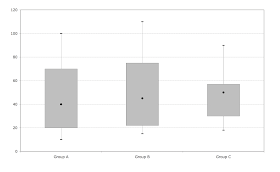
Boston University, Louisiana State University, and the National Council for Science and the Environment (NCSE) have created a resource that will allow you to explore questions regarding the causes, magnitude and consequences of the Deepwater Horizon disaster, as well as to contribute your own expertise.
The
Online Clearinghouse for Education & Networking: Oil Interdisciplinary Learning (OCEAN-OIL) is an open-access, peer-reviewed electronic education resource about the Deepwater Horizon disaster. OCEAN-OIL is funded by the National Science Foundation.
The OCEAN-OIL website is seamlessly integrated into the
Encyclopedia of Earth, which is a free, peer-reviewed, searchable collection of content about the Earth, its natural environments, and their interaction with society, written by expert scholars and educators. EoE Editor-in-Chief Cutler Cleveland
of Boston University who is an expert in energy and society, leads the development of the new online resource as a partnership among NCSE, Louisiana State University, Boston University.
In order to contribute your expertise to this initiative, follow the
procedures outlined here.
For more information contact
Mallory Nomack.
NCSE is holding a
special one day symposium on the Gulf of Mexico, what is necessary for ecological and economic recovery, as well as the broader issues of off shore oil drilling. Former EPA Administrator William Reilly and Senator Bob Graham, Co-chairs of National Commission on the BP Deepwater Horizon Oil Spill and Offshore Drilling will keynote the symposium, which will kick off NCSE’s 11th National Conference on Science, Policy and the Environment: Our Changing Oceans, January 19-21, 2011 in Washington, DC.



















